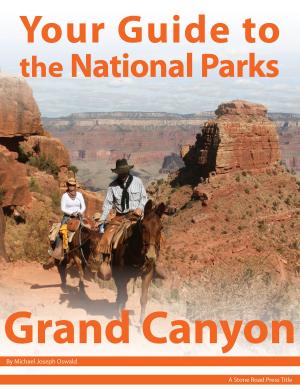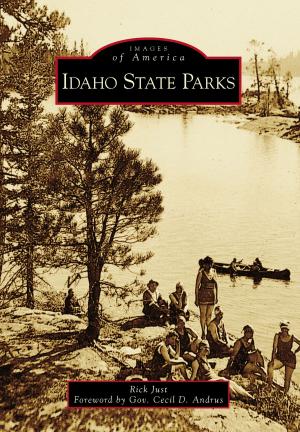A Visitor’s Guide to Jonathan Dickinson State Park
Nonfiction, Travel, Lodging & Restaurant Guides, Parks & Campgrounds| Author: | James D. Snyder | ISBN: | 9781618500298 |
| Publisher: | Friends of Jonathan Dickinson State Park | Publication: | December 30, 2013 |
| Imprint: | Language: | English |
| Author: | James D. Snyder |
| ISBN: | 9781618500298 |
| Publisher: | Friends of Jonathan Dickinson State Park |
| Publication: | December 30, 2013 |
| Imprint: | |
| Language: | English |
Chapter 1 highlights the rich history of the area in and surrounding the park, from the Native Americans who first settled there 5,000 years ago, to the Seminole era of the nineteen hundreds, to the secret radar training base that sprawled within during the World War II years. Also: the story of Trapper Nelson, the legendary recluse whose camp is now one of the park's main attractions. Chapter 2 identifies the eight distinctly different ecological systems within the park and includes photos and descriptions of their plants and wildlife. Chapter 3 describes the many activities available to visitors, including bike trails, "Hobe Mountain" Tower, the many hiking trails, boating and overnight camping facilities. Chapter 4 offers a ranger's perspective of the many challenges involved in the struggle to maintain a wild and scenic park. Examples are controlling invasive species, preserving native species, combatting "people pollution, enduring natural calamities and preserving cultural and archeological sites.
Chapter 1 highlights the rich history of the area in and surrounding the park, from the Native Americans who first settled there 5,000 years ago, to the Seminole era of the nineteen hundreds, to the secret radar training base that sprawled within during the World War II years. Also: the story of Trapper Nelson, the legendary recluse whose camp is now one of the park's main attractions. Chapter 2 identifies the eight distinctly different ecological systems within the park and includes photos and descriptions of their plants and wildlife. Chapter 3 describes the many activities available to visitors, including bike trails, "Hobe Mountain" Tower, the many hiking trails, boating and overnight camping facilities. Chapter 4 offers a ranger's perspective of the many challenges involved in the struggle to maintain a wild and scenic park. Examples are controlling invasive species, preserving native species, combatting "people pollution, enduring natural calamities and preserving cultural and archeological sites.















